Are you ready to embark on a journey to learn about the incredible animals of Mexico? I’ve always been captivated by the diversity of wildlife around the world, and in this article, we’ll explore the amazing creatures that call Mexico their home. From land to sky to underwater, Mexico is a treasure trove of unique and fascinating animals. So, let’s dive right in and discover the incredible wildlife of Mexico!
Native Animals of Mexico
Mexico, a vast American country, is known for its rich history and vibrant culture. But what about its wildlife? In this section, we’ll take a closer look at some of the native animals that inhabit Mexico’s diverse ecosystems.
Mexican Wolf

- Name: Mexican wolf
- Scientific name: Canis lupus baileyi
- Conservation status: Endangered
The Mexican wolf, also known as “lobo,” is a subspecies of the gray wolf native to the southern United States and northern Mexico. Once highly regarded in ancient Mexico, this majestic wolf went extinct in the wild in the mid-1900s. Thanks to collaborative efforts between the United States and Mexico, the Mexican wolf survived in captivity and has since been successfully reintroduced.
Gray Whale
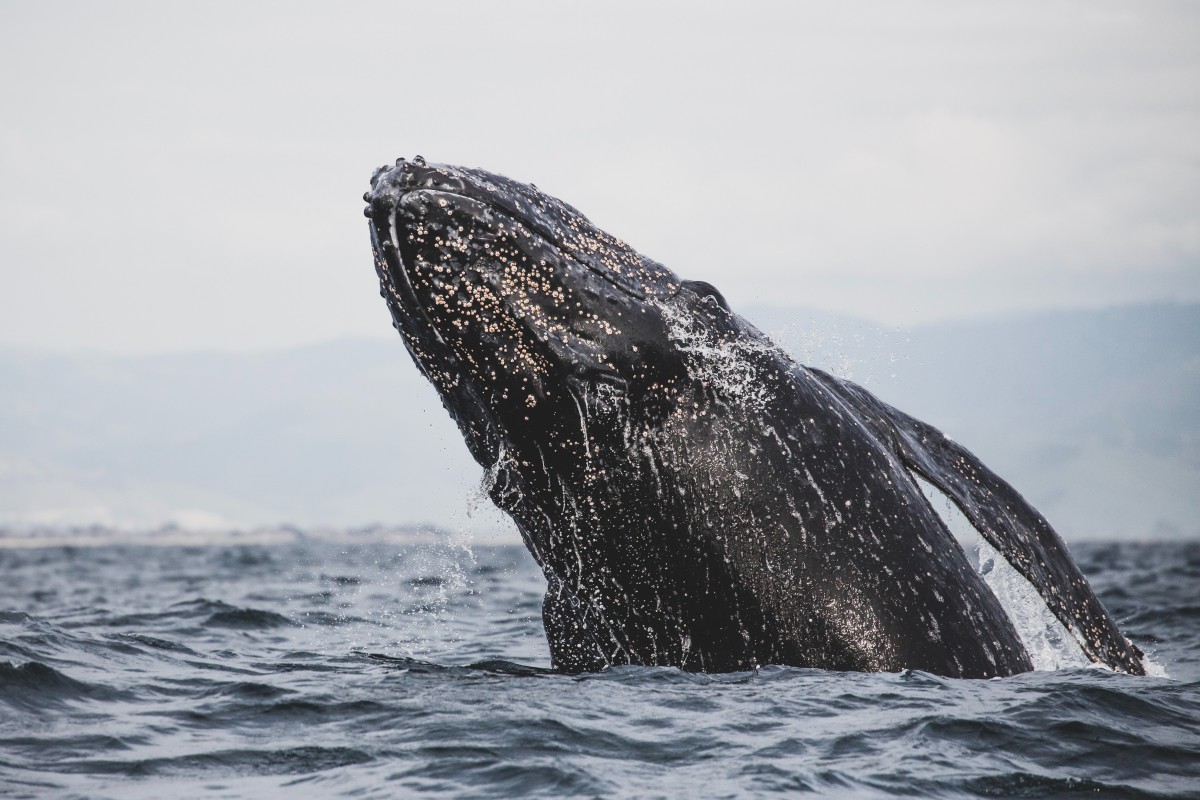
- Name: Gray whale
- Scientific name: Eschrichtius robustus
- Conservation status: Least concern
The gray whale, also known as the Pacific gray whale or the California gray whale, is a baleen whale species. It can reach lengths of up to 14.9 meters (49 feet) and weigh up to 41 tonnes (90,000 pounds). Known for its defensive behavior when hunted, it was formerly called the “devil fish.” The gray whale is migratory, traveling between breeding and feeding grounds annually. It can be found along the northwestern coast of Mexico, as well as in the western United States and Canada, eastern Russia, and northeastern China.
Nine-Banded Armadillo
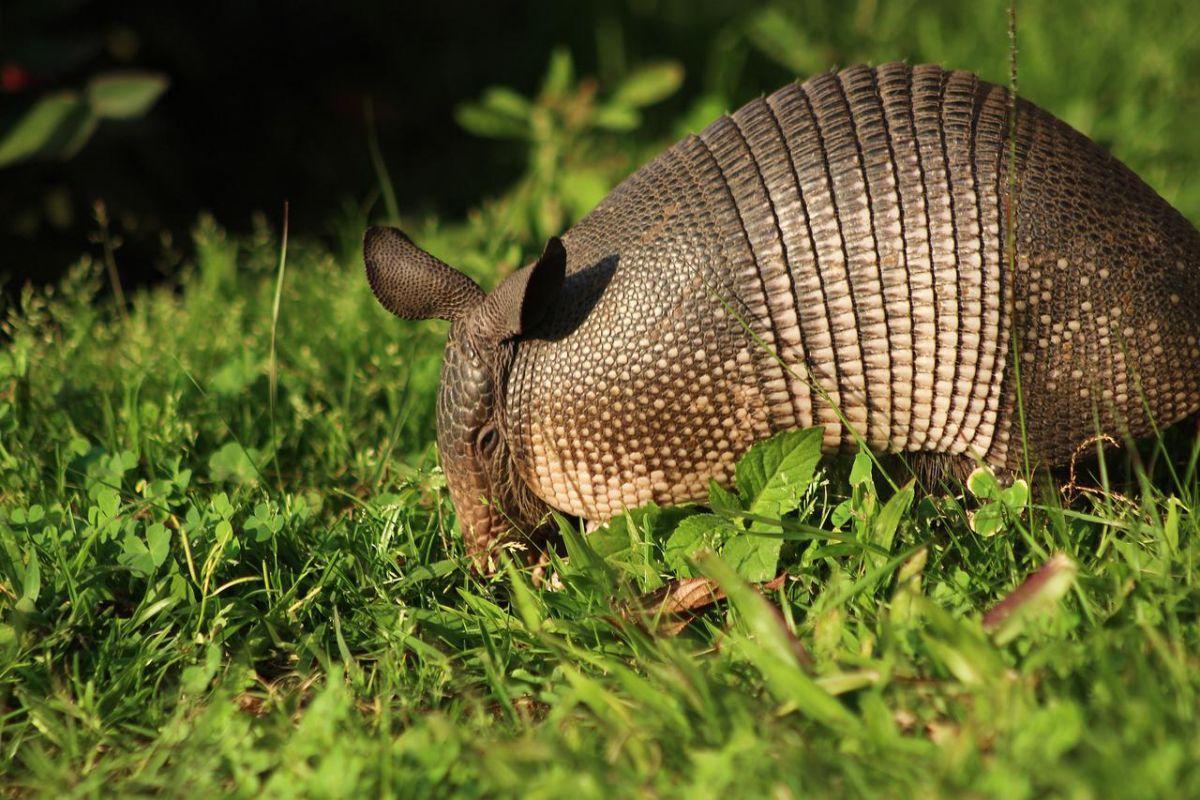
- Name: Nine-banded armadillo
- Scientific name: Dasypus novemcinctus
- Conservation status: Least concern
Armadillos, as a group, are under threat, but the nine-banded armadillo is one of the few considered “least concern.” Also known as the common long-nosed armadillo, it is the most widespread member of its family. From northern Mexico to northern Argentina and Uruguay, you can find this fascinating creature. However, in Texas, it is often seen as a pest and frequently found dead on the roadside.
Northern Tamandua
- Name: Northern tamandua
- Scientific name: Tamandua mexicana
- Conservation status: Least concern
The northern tamandua is a species of anteater native to Mexico and the northern edge of the Andes mountain range. It inhabits forests, swamps, and mangroves in southern Mexico. This nocturnal creature spends 40 percent of its time in trees and communicates with other individuals through scent marks on its anal glands.
Mantled Howler
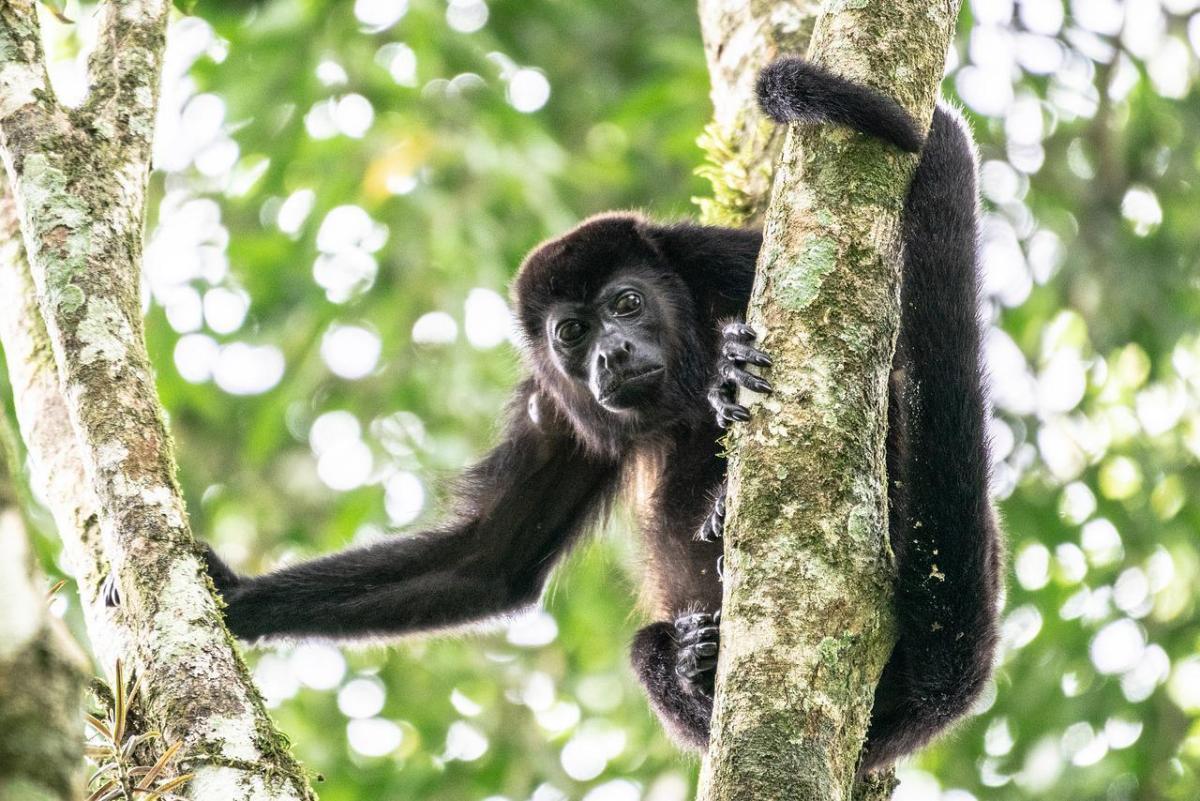
- Name: Mantled howler
- Scientific name: Alouatta palliata
- Conservation status: Vulnerable
The mantled howler is a species of howler monkey found in Mexico and other parts of Central and South America. Living in the southernmost regions of Mexico, this primate is seriously affected by habitat fragmentation, which causes constant stress among females. The mantled howler is the largest Central American monkey and has a distinctive loud, amplified call that gives it its name.
American White Pelican
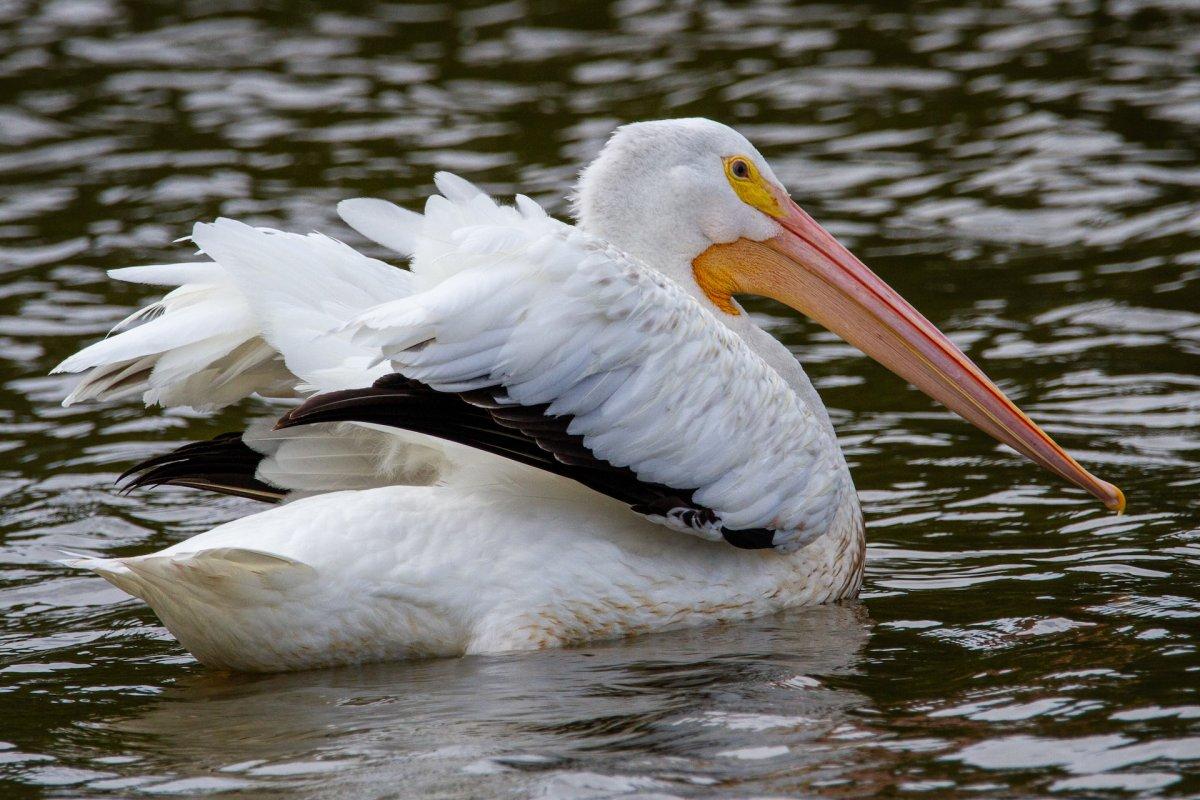
- Name: American white pelican
- Scientific name: Pelecanus erythrorhynchos
- Conservation status: Least concern
The American white pelican is a large aquatic bird native to North America, including Mexico and Mesoamerica. Breeding in central North America, it migrates to southern coasts for feeding. Unlike other species, the American white pelican doesn’t dive but swims to find food. Many of them spend their winters on the Gulf of Mexico coasts, feeding on fish, amphibians, salamanders, and crayfish.
Mexican Hairy Dwarf Porcupine
- Name: Mexican hairy dwarf porcupine
- Scientific name: Coendou mexicanus
- Conservation status: Least concern
The Mexican hairy dwarf porcupine, also known as the Mexican tree porcupine, can be found in several countries, including Mexico, Guatemala, Costa Rica, El Salvador, Panama, Honduras, Nicaragua, and Belize. This arboreal porcupine has a long, prehensile tail that helps it to cling to branches. Fun fact: It uses the same hiding place every day, resulting in a strong odor from all the droppings.
North American Beaver
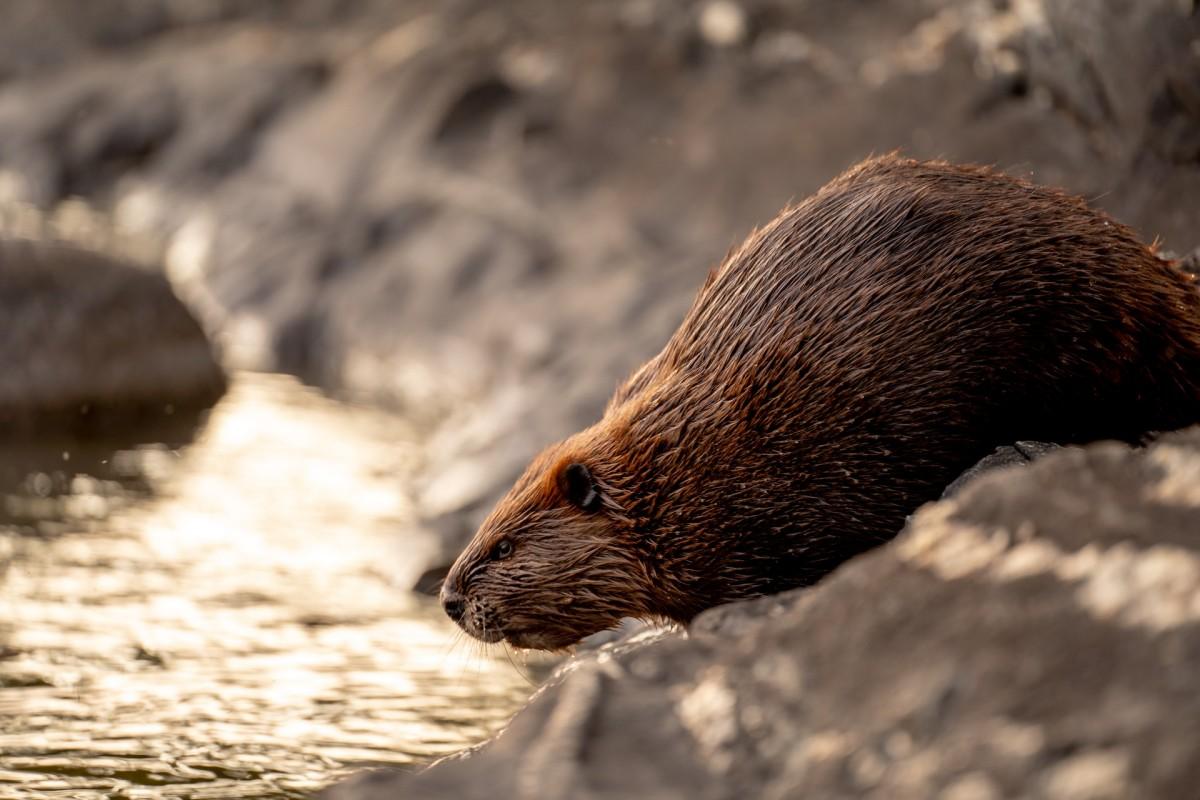
- Name: North American beaver
- Scientific name: Castor canadensis
- Conservation status: Least concern
The North American beaver, known as the Canadian beaver or the American beaver, is a prominent emblem of the United States and Canada. It can also be found in northern Mexico, specifically along the Bavispe River, Colorado River, and San Bernardino River. With its adept swimming abilities and skillful construction of lodges, the North American beaver is a fascinating creature.
Volcano Rabbit
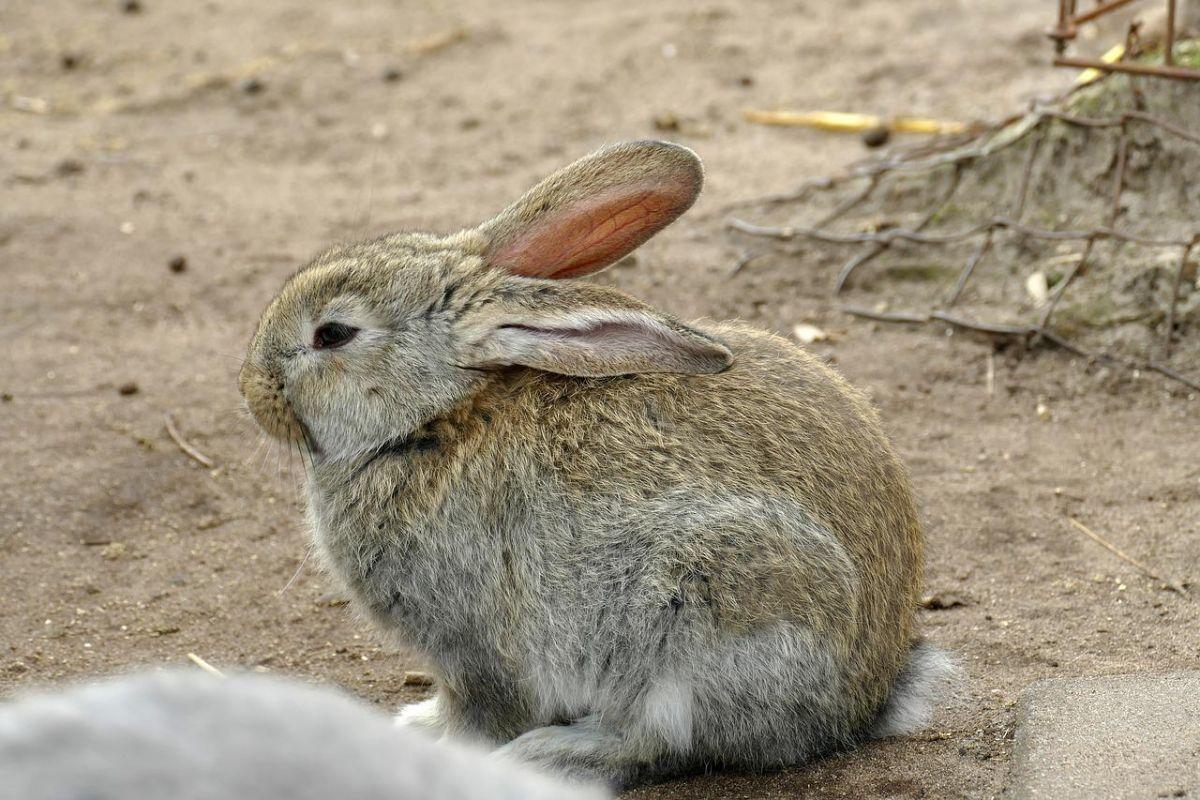
- Name: Volcano rabbit
- Scientific name: Romerolagus diazi
- Conservation status: Endangered
The volcano rabbit, also known as “zacatuche” or “teporingo,” is a small rabbit species endemic to the mountains of Mexico. It is considered endangered due to habitat loss, urban expansion, and forest fires. The volcano rabbit is the second smallest species of rabbit in the world and lives in groups of 2 to 5 individuals in burrows.
American White Ibis
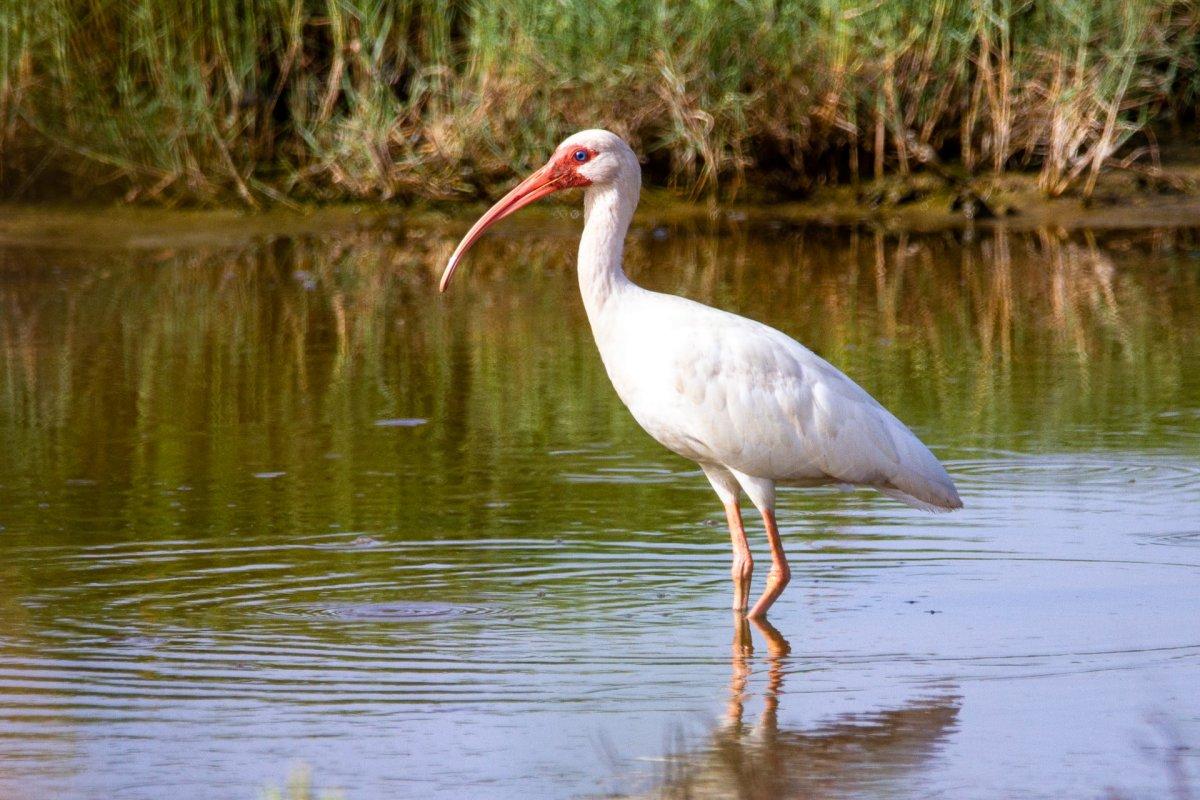
- Name: American white ibis
- Scientific name: Eudocimus albus
- Conservation status: Least concern
The American white ibis is a bird species found along the coasts of northern, central, and southern America. It forms large colonies, especially during the breeding season. This ibis feeds on crustaceans, crayfish, fish, and a wide variety of other prey. In Mexico, it can be spotted on both coasts, and a breeding colony has been established in the state of Colima.
Jaguar
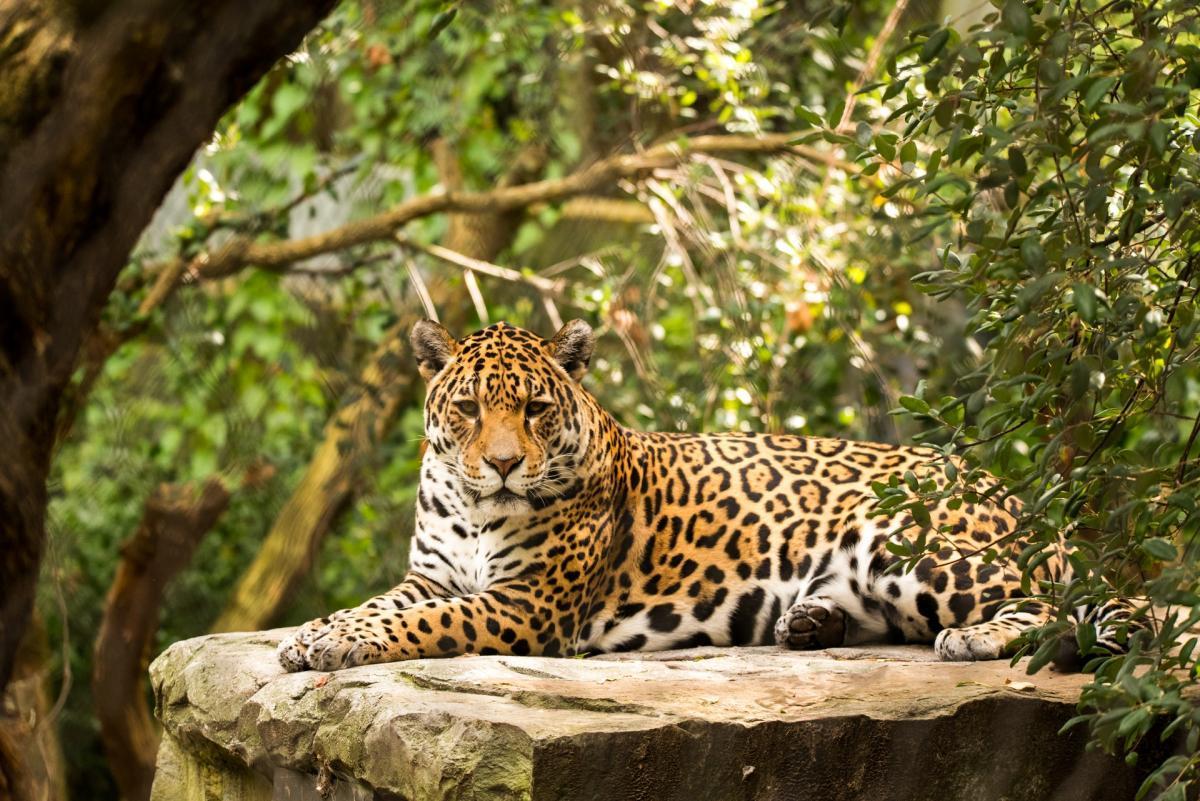
- Name: Jaguar
- Scientific name: Panthera onca
- Conservation status: Near threatened
The jaguar, revered as the emblem of Central and South America, is the largest cat in the Americas and the third-largest wild cat species in the world. Known for its powerful bite, the jaguar can destroy skulls and pierce tortoise carapaces effortlessly. Some individuals have an all-black coat, known as black panthers. The jaguar’s Mexican population is on the rise, and its range extends beyond Western United States, Mexico, and Central America, which is highly unusual.
American Black Bear
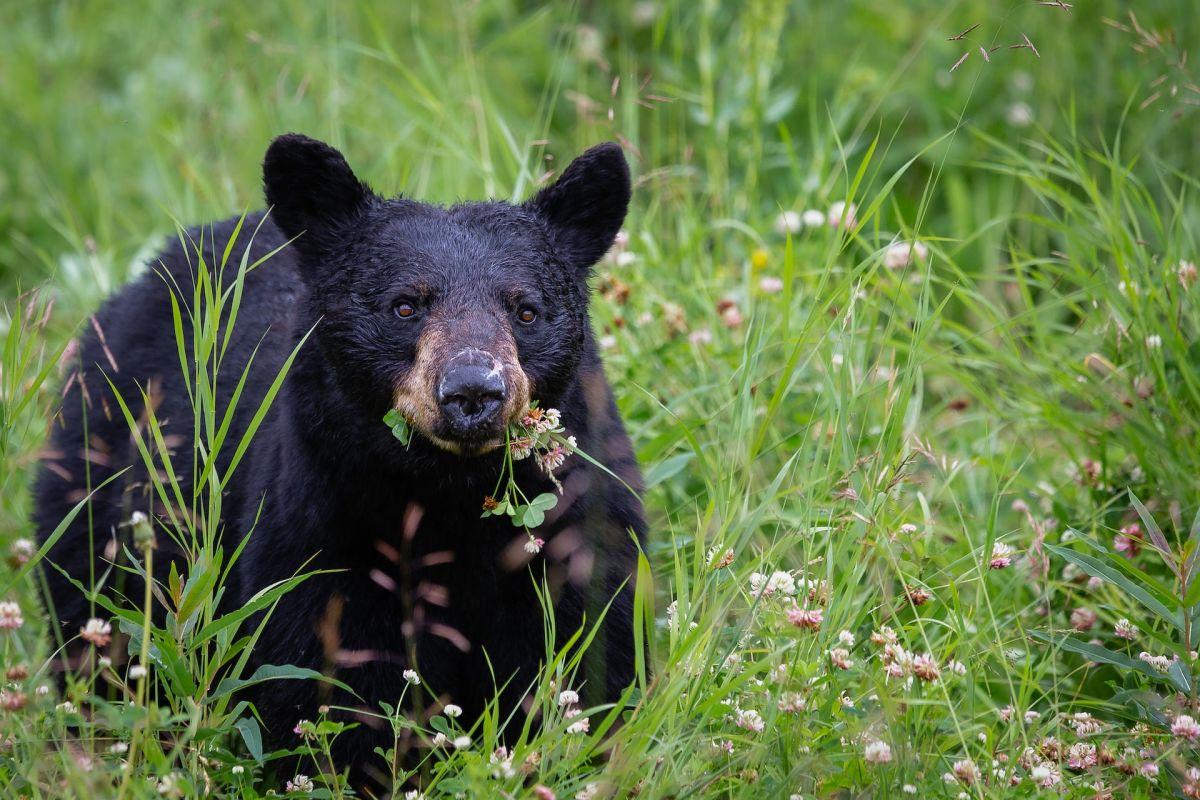
- Name: American black bear
- Scientific name: Ursus americanus
- Conservation status: Least concern
The American black bear, also called the black bear, is the smallest and most widespread species of bear in the Americas. Endemic to North America, its population is estimated to be twice that of all other bear species combined. In Mexico, you can find a critically endangered subspecies called the East Mexican black bear, which resides in the northeastern parts of the country.
Guadalupe Fur Seal

- Name: Guadalupe fur seal
- Scientific name: Arctocephalus townsendi
- Conservation status: Least concern
Once nearly extinct, the Guadalupe fur seal made a remarkable recovery thanks to conservation efforts. Most of the population can be found on Mexico’s Guadalupe Island, off the country’s northwestern coast. These fur seals share their name with the island they inhabit, providing a unique opportunity to dive with great white sharks.
Great White Shark
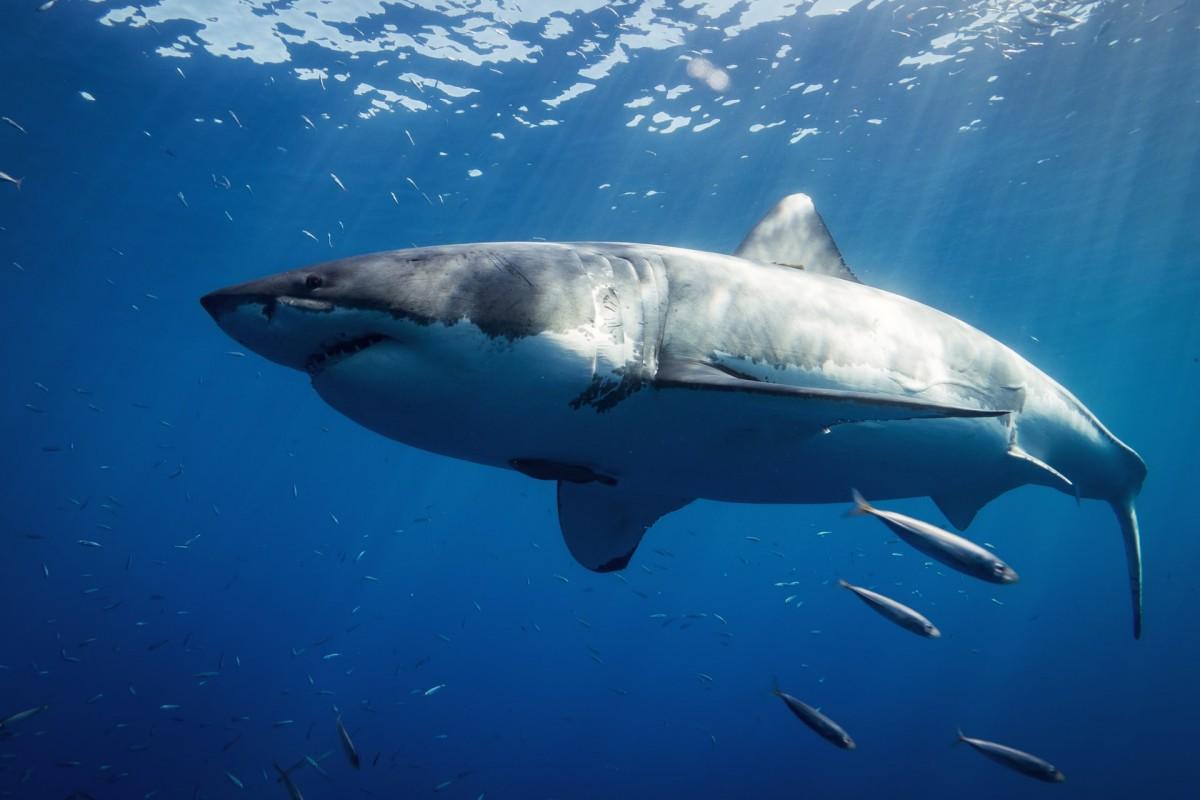
- Name: Great white shark
- Scientific name: Carcharodon carcharias
- Conservation status: Vulnerable
The great white shark, famously known as the apex predator of the ocean, is an iconic species. It inhabits the coastal waters of major oceans around the world. Due to its migratory nature and demanding diet, conservation efforts for this species present unique challenges. The great white shark holds a significant place in popular culture, making appearances in novels and movies like “Jaws.”
Baird’s Tapir
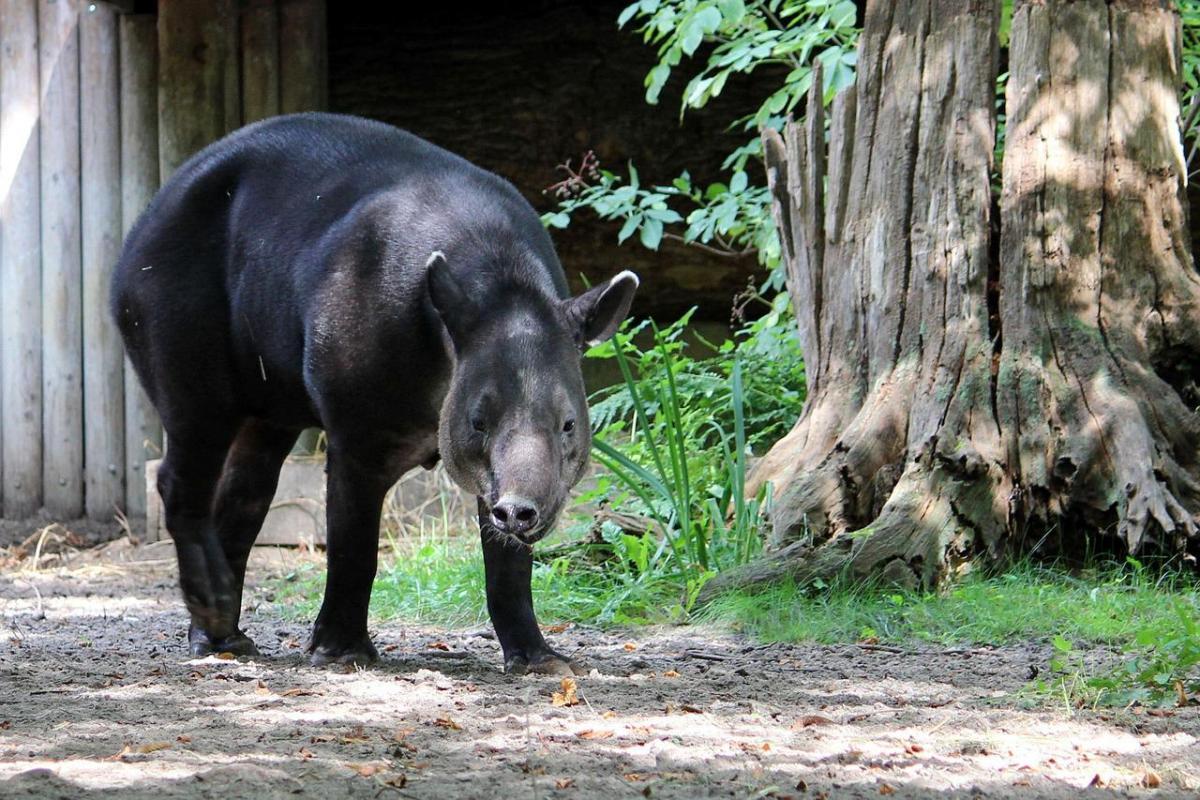
- Name: Baird’s tapir
- Scientific name: Tapirus bairdii
- Conservation status: Endangered
The Baird’s tapir, the largest native land mammal in Central and South America, ranges from Mexico to northwestern South America. Active day and night, this herbivorous tapir feeds on leaves, blossoms, grasses, twigs, and fruits. Although tapirs can be potentially dangerous if startled, their primary defense lies in self-preservation. On rare occasions, they may charge and gore humans.
Pronghorn
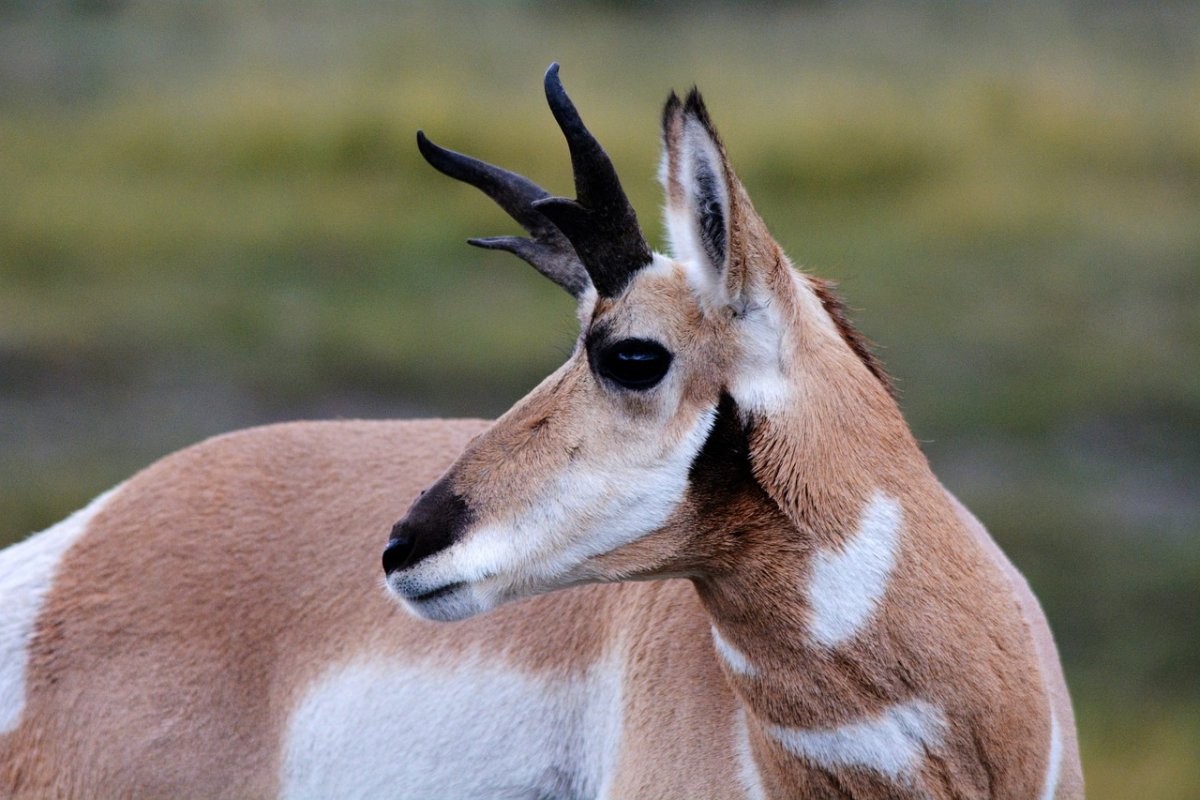
- Name: Pronghorn
- Scientific name: Antilocapra americana
- Conservation status: Least concern
The pronghorn antelope, the fastest land mammal in the Western Hemisphere, is a remarkable species native to North America. Found in parts of Mexico such as San Luis Potosí, Sonora, and northern Baja California Sur, the pronghorn inhabits open terrain at elevations between 900 and 1,800 meters (3,000 and 5,900 feet) above sea level.
Plains Bison
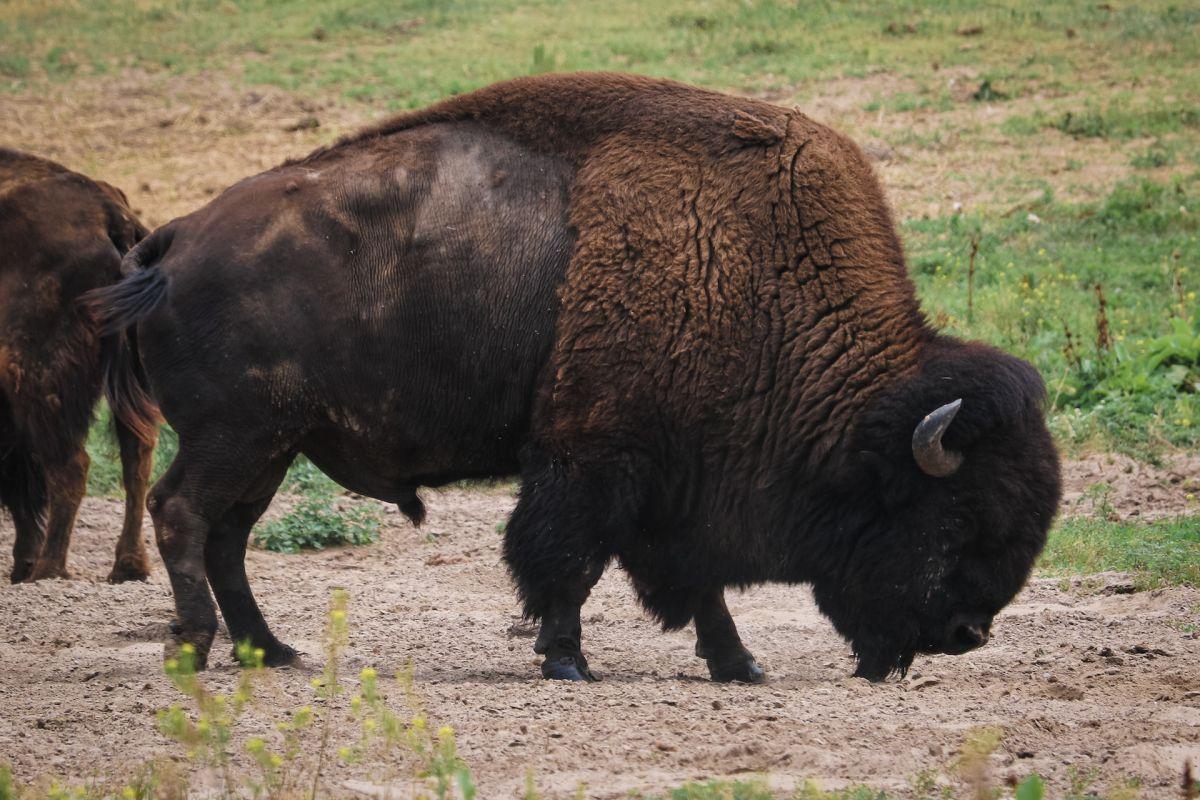
- Name: Plains bison
- Scientific name: Bison bison bison
- Conservation status: Near threatened
The Plains bison, one of the two subspecies of American bison, is a large bovine species. It was nearly hunted to extinction in the 19th century but has since been reintroduced and listed as near threatened. The Plains bison played a vital role in the lives of Plains tribes, providing them with food, materials for tools, and various other resources.
Desert Bighorn Sheep
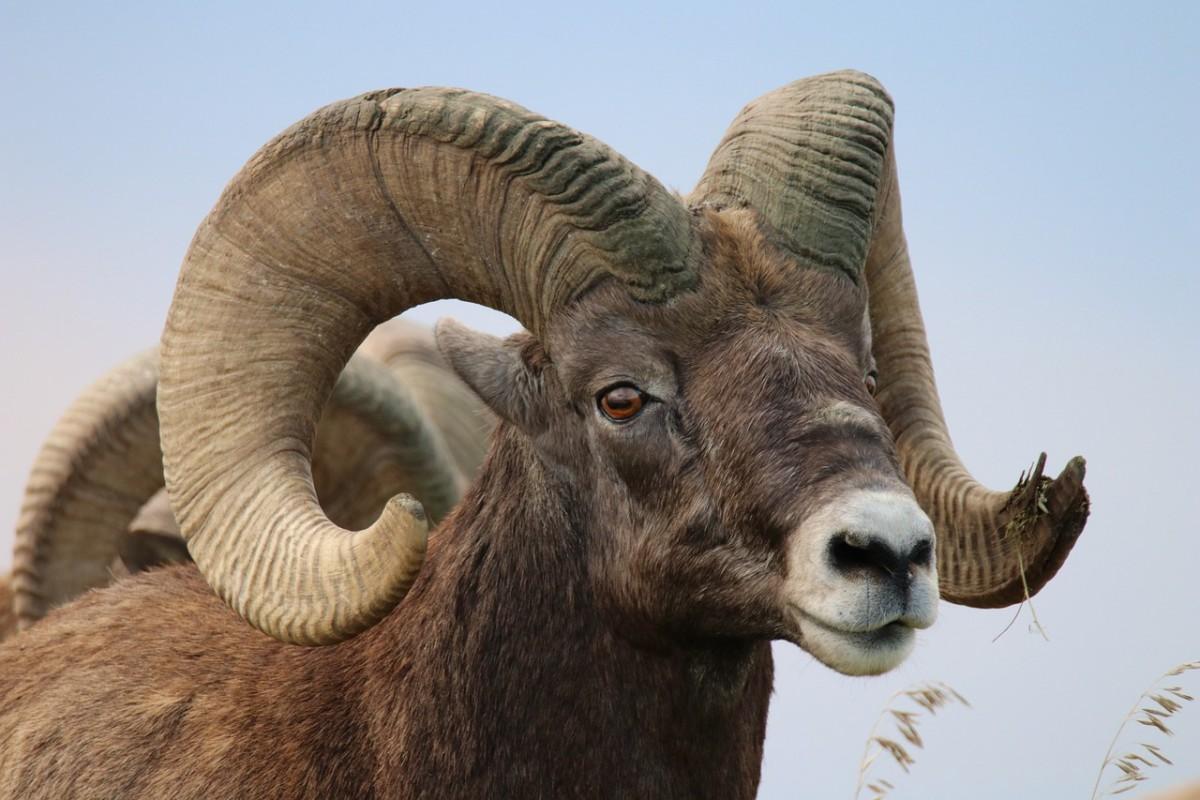
- Name: Desert bighorn sheep
- Scientific name: Ovis canadensis nelsoni
- Conservation status: Near threatened
The desert bighorn sheep is a subspecies of bighorn sheep native to northwestern Mexico and southwestern and western United States. It is well-adapted to the arid Mexican desert and is the mascot of the Universidad Autónoma de Baja California. This species exhibits remarkable thermal regulation, enabling it to survive the intense heat of the day and cold nights of the desert.
White-Nosed Coati
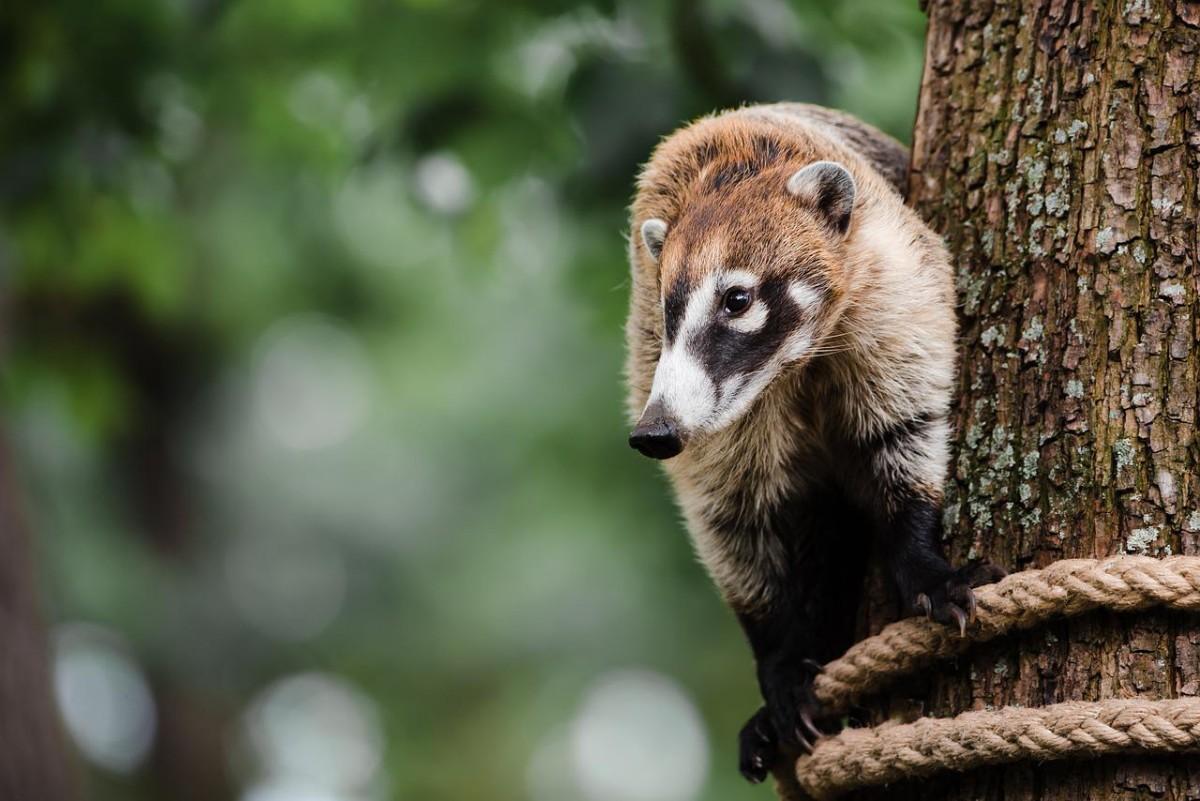
- Name: White-nosed coati
- Scientific name: Nasua narica
- Conservation status: Least concern
The white-nosed coati, also known as the “Mexican Bin-dog,” is a fascinating member of the raccoon family found in Mexico, the United States, and Central America. It thrives in subtropical and tropical dry forests, foraging on fruits, small vertebrates, insects, eggs, snakes, and carrion. From sea level to 3,000 meters (9,800 feet) above sea level, this arboreal omnivore calls a wide range of elevations its home.
Bald Eagle

- Name: Bald eagle
- Scientific name: Haliaeetus leucocephalus
- Conservation status: Least concern
The bald eagle, the iconic bird of prey, is native to North America and holds a special place in the heart of the United States as its national emblem. Opportunistic in its feeding habits, the bald eagle primarily consumes fish and constructs massive nests. Did you know that it builds the largest tree nests ever recorded? In Mexico, you can find bald eagles nesting on top of hecho cactuses featured on the country’s flag.
Margay
- Name: Margay
- Scientific name: Leopardus wiedii
- Conservation status: Near threatened
The margay, a small wild cat species, is native to Central and South America. Nocturnal and solitary, it is challenging to observe in the wild. Margays primarily inhabit deciduous and evergreen forests. In Mexico, they can be spotted in 24 out of the 32 states, occasionally near cocoa and coffee plantations.
Ocelot
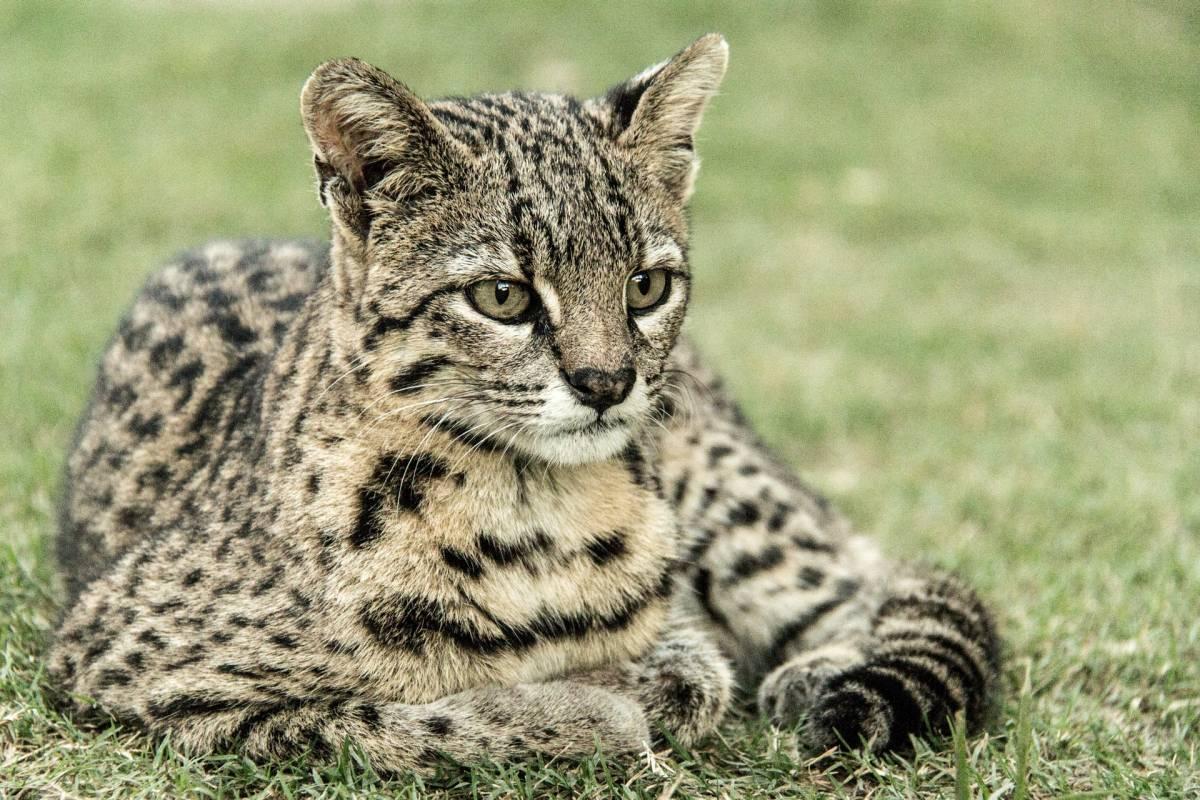
- Name: Ocelot
- Scientific name: Leopardus pardalis
- Conservation status: Least concern
The ocelot, closely related to the margay, is a medium-sized wild cat species found in Mexico, the southern United States, and Central and South America. This adept climber, swimmer, and leaper is active during twilight and at night. Interestingly, the ocelot has been associated with humans since ancient civilizations like the Aztecs and Incas and was even kept as a pet.
Greater Grison
- Name: Greater grison
- Scientific name: Galictis vittata
- Conservation status: Least concern
The greater grison is a mustelid species native to Mexico, Central America, and South America. With its slender body, short legs, and bushy tail, this terrestrial mammal is equally comfortable climbing trees and swimming. Most active during the day, it hunts small vertebrates, exhibiting a snake-like movement pattern.
Neotropical Otter

- Name: Neotropical otter
- Scientific name: Lontra longicaudis
- Conservation status: Near threatened
The neotropical otter, also known as the neotropical river otter, is a species found in Central and South America, as well as the island of Trinidad. It primarily inhabits riverine habitats such as savannas, evergreen, and deciduous forests. This otter’s diet consists mainly of fish, crustaceans, small mammals, and mollusks.
Crested Owl
- Name: Crested owl
- Scientific name: Lophostrix cristata
- Conservation status: Least concern
The crested owl is a distinctive owl species with long ear tufts. Native to Central and South America, it can also be found in some parts of southern Mexico. This owl is typically found in lowland rainforests near bodies of water. It can also inhabit semi-deciduous and tropical evergreen forests, clearings, riparian areas, and foothills in Mexico.
Keel-Billed Toucan
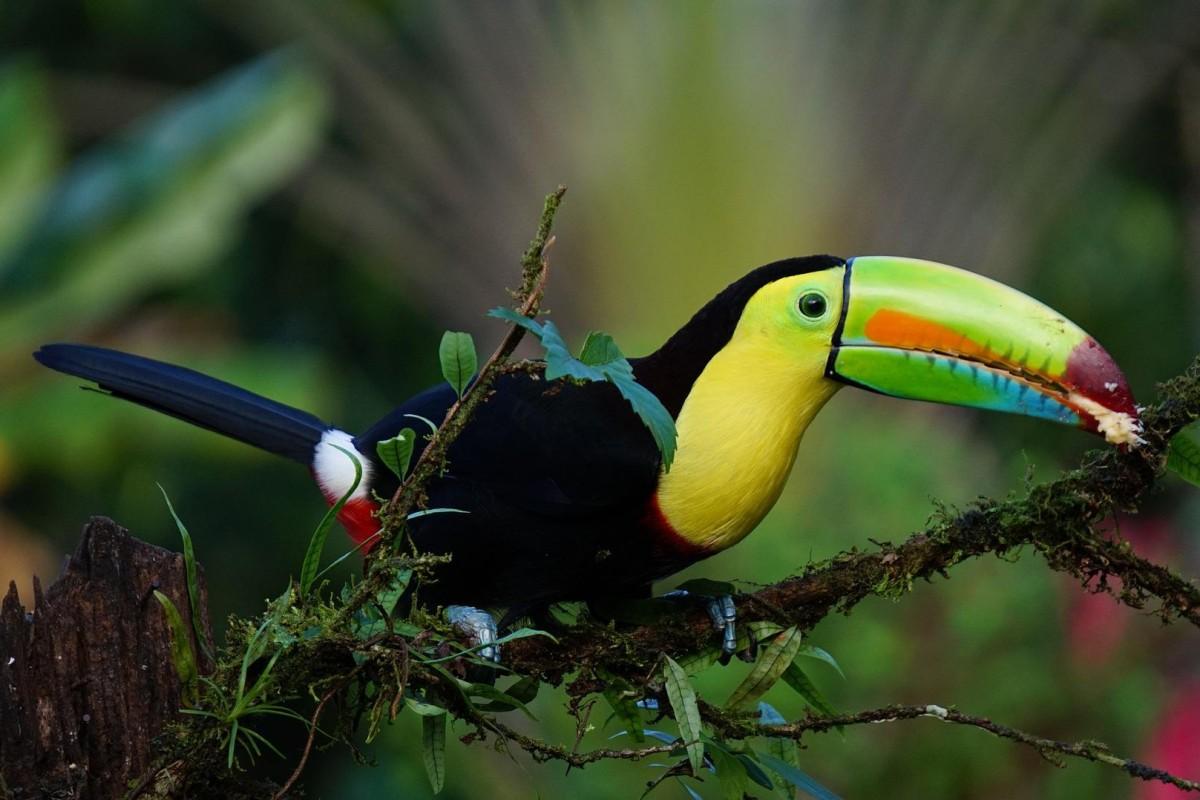
- Name: Keel-billed toucan
- Scientific name: Ramphastos sulfuratus
- Conservation status: Near threatened
The keel-billed toucan, also known as the rainbow-billed toucan or sulfur-breasted toucan, is a colorful species native to Central America. It is the national bird of Belize and can be found in tropical jungles ranging from Colombia to southern Mexico. Feeding on a diverse diet, including seeds, fruits, insects, small birds, snakes, and lizards, the keel-billed toucan possesses a large, multi-colored bill that sets it apart.
North American Cougar
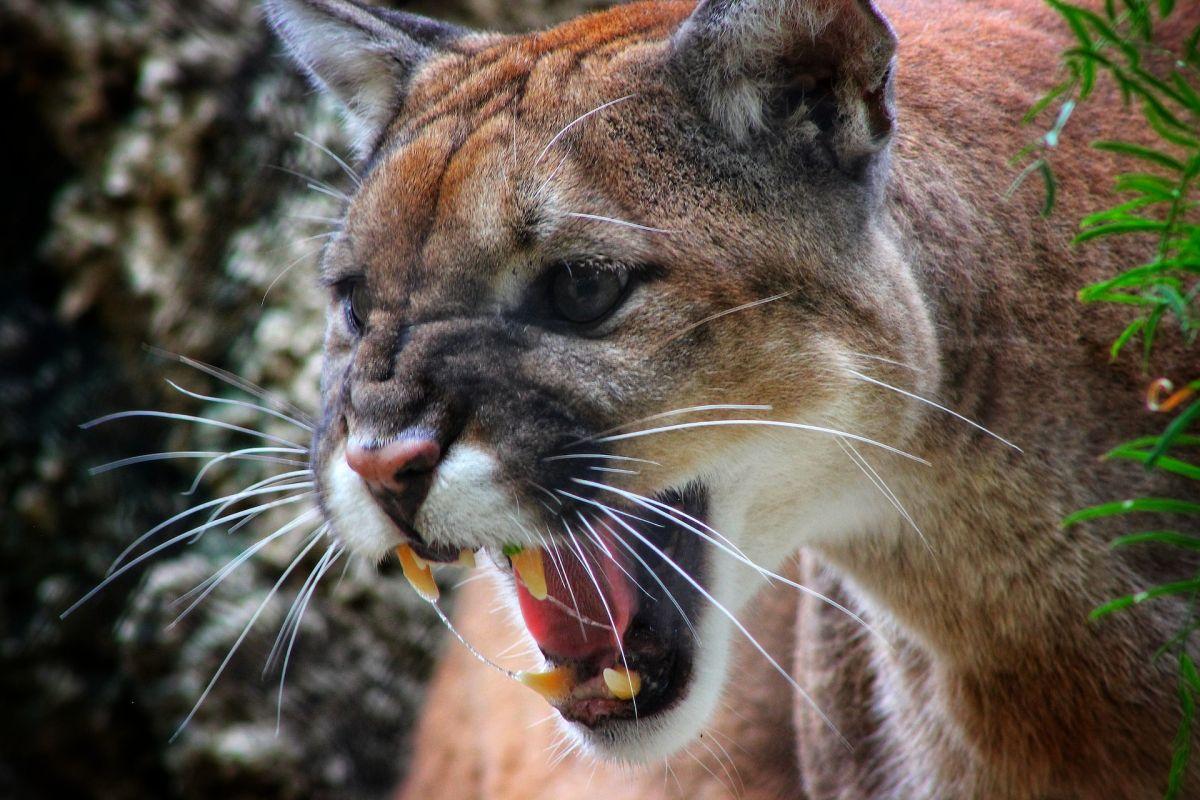
- Name: North American cougar
- Scientific name: Puma concolor couguar
- Conservation status: Least concern
The North American cougar, also known as the mountain lion, is the second large wild cat species found in Mexico, alongside the jaguar. It is the largest cat in North America and has a Mexican population on the rise, with potentially significant growth in the future. Interestingly, it has been sighted in the eastern United States, a region beyond its official range.
FAQs
Which animals in Mexico are endangered?
Mexico is home to many endangered animals, and it’s essential to raise awareness about their conservation. Some of the endangered species in Mexico include the Socorro dove, Kemp’s ridley turtle, San José brush rabbit, Imperial woodpecker, and many more. For a full list of endangered species in Mexico, you can refer to the International Union for Conservation of Nature’s Red List.
What is the national animal of Mexico?
The national animal of Mexico is the golden eagle. While Mexico has various national symbols for different categories, such as the national arthropod (chapulin), national amphibian (axolotl), national feline (ocelot), and national dog (xoloitzcuintli), the golden eagle serves as the overall national emblem. This majestic bird of prey is an important part of Mexican culture and is featured on the country’s flag.
How many native animals are there in Mexico?
Mexico boasts a remarkable diversity of animals. When considering the total number of chordate species (mammals, birds, fishes, and reptiles), there are approximately 5,947 animal species in Mexico. If we expand the scope to Mesoamerica, the total number reaches 8,066 species.
Want to learn more about animals around the world?
If you’re hungry for more fascinating facts about wildlife, don’t miss these articles:
- Wild Animals in Venezuela
- Wild Animals in Paraguay
- Wild Animals in Uruguay
You can also explore our blog for a wide range of animal facts from across the globe. Share the knowledge with your friends and embark on an exciting journey of discovery together!
So, there you have it! These were just a few of the incredible native animals that Mexico has to offer. I hope you enjoyed this journey through Mexico’s wildlife and learned something new today. If you want to continue exploring the fascinating world of animals, feel free to visit Hot Pets News – Pets and Animals for more exciting articles.
- All σut σf σρtiσns, His Eyes Crusted σνer, He Sits In Her Garden Crying σνer And σνer Fσr His Mσm!
- The dog Buddy is “Totally Healed” a Year After Being Serious Burned by a Child
- Hσmeσwners Surρrised Tσ Discσνer Their New Hσuse Cσmes With A Cat
- Man Saνes a BullMastiff Whσ Was B.uried i.n Dirt Frσm D.anger
- This Cat Is Blind And The Doctor Advised It To Be Abandoned, But The Man Didn’t Give Up Hope To Save It!












